The terms “Mineral Resources” and “Mineral Reserves” (classified outside of North America as “Ore Reserves”1) may sound synonymous, but they are not. While the terms are sometimes – and mistakenly – used interchangeably, in fact, they refer to two distinct types of data that mining professionals and investors use to make crucial decisions about the ultimate profitability of mine sites. The distinction primarily concerns potential economic value and upside, as opposed to actual economic viability as defined in more advanced economic studies on which to base larger financial decisions and, ultimately project finance and construction decisions.
Thousands of public and private companies focus on creating value through the discovery, advancement and conversion of Mineral Resources to Reserves to lay the groundwork for future mines. Advancing projects from Resource to Reserve is vital to the mining industry, offers distinct investment opportunities, and provides the world with the minerals needed to construct our modern world.
What is a Mineral Resource?
A mineral resource is composed of natural concentrations of minerals in the earth’s crust in sufficient form, grade or quantity to possibly be of economic interest for extraction2. First quantified during the initial exploration phase of a mining project, Mineral Resources are the estimated amount of minerals in a deposit based on the projections of geological evidence and knowledge at a given point in time, gathered from drilling results, sampling, geological modeling, and other methods.
It’s important to understand that Mineral Resource estimates are not static. As more sampling and other work is conducted to determine the potential economic value of a mineral concentration, Resource estimates adjust according to what is inferred from increasing amounts of data. If and when a mine becomes operational, Resource estimates continue to evolve: minerals are extracted, and that amount is subtracted – but continued drilling, sampling, and geostatistical modeling at the mine site will often cause a mine’s overall Resource estimate to increase for several years or longer, even as minerals are being extracted.
What is a Mineral Reserve?
Mineral (or “Ore”) Reserves are the smaller subset of Mineral Resources deemed economically viable for extraction. While Mineral Resources have potential economic value, the economic viability of extracting these minerals depends on factors such as market prices, extraction costs, and technological developments in metallurgy and processing. Reserves are the portion of Resources that can be realistically and economically mined based on location, quantity, grade, geological characteristics, and any other factor that impacts end product value1.
In the first phases of a mine’s multi-decade lifecycle (see sidebar) comprehensive studies are undertaken to assess the practicality and profitability of mining the deposit. Many factors influence the conversion of Resources to Reserves, from geological, metallurgical, and mineral processing considerations, to economic, marketing, legal, ESG, and even geopolitical issues. Once the feasibility and economic benefit of a Resource has been painstakingly demonstrated, the Mineral Resource—or more accurately, a portion of it—can be classified or “converted” to a Mineral Reserve. Like Resource estimates, Reserve estimates are not static: for example, new technologies and processing techniques can make it easier (and more economically viable) to separate the valuable minerals from the waste material. It’s an iterative process. Conversely, a lasting price drop in commodity pricing can render a previously viable mineral deposit no longer economical.
Mineral Resource Classification
Mineral Resources are classified into three main categories based on the level of geological knowledge and increasing confidence. These classifications are an essential part of assessing the economic viability of a mining project, determining investment risks, and guiding further exploration and development activities.
Inferred Mineral Resources
This category represents the lowest level of geological confidence. An Inferred Mineral Resource is estimated from limited information, involves longer projections of data, and implies a great deal of uncertainty. These Resources are used for preliminary planning purposes and usually require more exploration and evaluation.
Indicated Mineral Resources
Based on more data and more detailed exploration than Inferred Resources, Indicated Resources have a reasonable level of confidence. Indicated Resources are considered sufficiently reliable to evaluate the economic viability of a project, although they carry a higher risk than Measured Resources.
Measured Mineral Resources
The highest level of confidence category, a Measured Mineral Resource, is based on detailed and reliable exploration, sampling, and testing data. Measured Resources are used in detailed and final feasibility studies for mine planning and evaluation.
Evaluating Mineral Resources: Considerations for Investors
Mineral exploration inherently presents some degree of risk, but the rewards for a discovery can be real and substantial. Still, it’s not uncommon for companies and investors to get overly excited about a few promising drill holes. It’s important, however, to consider the full suite of drilling results and the surrounding data for a more accurate perspective. It is also essential to understand that the region, environment, deposit type, and other factors that can impact how much mineralization can actually be recovered.
In popular lore, success comes from making a lucky strike, but that’s not how the modern mining industry actually works. In the early phases, a large part of the “junior” (i.e., early-stage) mining company’s management focus involves the patient, iterative process of de-risking a project: continuing to drill and define the deposit, further evaluating the metallurgical processes needed for efficient mineral extraction, conducting engineering studies, creating financial estimates, and all the other planning needed to develop a successful mining operation that will attract further investment. But there are early-stage opportunities for knowledgeable investors who know how to evaluate Mineral Resource estimates and the thoroughness behind their creation. And when such an investor provides early-stage funding – even as a backstop to primary financing – it can be a signal to other investors that the company will have the ability to materially advance its project.
How Mineral Reserve Estimates are Developed
The early phase work at a mineral exploration site culminates in a pre-feasibility study, which also defines initial mineral reserve estimates needed to determine whether there are reasonable prospects for eventual economic extraction. A good pre-feasibility study will test multiple ways to mine and process a deposit, which means that there can be different mineral reserve estimates for different scenarios. This is a critical consideration that often gets overlooked by many companies in today’s mining environment. For example, greater initial investment in processing or transportation infrastructure could eventually allow more of the Mineral Resource to be extracted economically, compared to a lower initial investment scenario. Similarly, some deposits could be mined by open pit or underground methods, or some combination of the two – each has a different capital versus operating cost tradeoff that needs to be evaluated.
Mineral Reserve Classification
Mineral Reserves are classified into two main categories, Probable and Proved (or ”Proven”) Mineral (or “Ore”) Reserves, based on increasing levels of geological confidence in the mineral reserve estimate. Each reserve category serves as an important indicator for project development, investment decision-making, and gauging project viability.
Probable Mineral Reserves
Probable Mineral Reserves are the portion of Indicated, and sometimes Measured, Mineral Resources that have been evaluated for economic extraction, accounting for various factors, which can include mining “dilution” (waste material not separated from ore during extraction), potential mining losses, metallurgy, infrastructure, etc. (collectively known as modifying factors). Although Probable Reserves are less certain than Proved Reserves, they are considered adequate for informing decisions about the progress of a mining project.
Proved Mineral Reserves
Proved Mineral Reserves, on the other hand, are those parts of Measured Mineral Resources that have passed economic evaluations for extraction, again taking potential dilution and mining loss into consideration. Proved Reserves represent the highest level of confidence within mineral reserve estimates, reflecting both strong geological confidence and increasing confidence in the modifying factors that influence mining operations. Even so, due to specific geological conditions or mineralization patterns, Proved Reserves may ultimately prove to not be feasible in certain cases.
Evaluating Mineral Reserves: Considerations for Investors
Due diligence at these later stages means effectively testing the assumptions that have gone into producing a reserve. Sophisticated investors will have the technical expertise needed to rigorously evaluate, understand, and form their own opinions as to whether the mining company has chosen the right mining and processing methods, whether its cost estimates are accurate, and importantly, be able to identify downside risks and/or upside potential to Reserve estimates.
Careful attention needs to be paid to the ratio between a Resource and a Reserve published by the company. The Resource in the ground is always much bigger than the Reserve which can be economically mined at a given grade, price and set of assumptions. If a company has a very large resource base, but only a small Reserve, there are two potential risks to look at: the Resource could either be very low grade and hard to process, or it could be very hard to get out, for example, due to thick overburden cover on top of it. Conversely, a low ratio could point to upside opportunity: for example, a company very early in its development stages with enormous expansion potential that hasn’t yet done all the work required to turn more of that Resource into a Reserve.
A significant Reserve estimate is by no means a guarantee of success. Reserve numbers are inherently economic calculations, and optimistic capital requirement and operating cost assumptions can undermine inferred profitability and project success. And even investors who understand that Reserve estimates aren’t static may make the mistake of assuming they will only fluctuate within a narrow range. The fact is assumptions can and often do vary widely over time: more Resources often become apparent as the mine is worked and more data is available. Likewise, as commodity prices fluctuate, the economic viability of a mine will be impacted: If the price of a metal or mineral doubles, deposits that were only marginally viable can become economically mineable – and in many cases quite profitable.
Investors also need to look beyond what’s in the ground. While early-stage companies need to be nimble and entrepreneurial, later stage companies that successfully transform Reserves into profitable mines need different management skillsets: the team needs to change its focus to operations, traditional management, and costs. Funding requirements also differ: short- and medium-term financing helps develop the project into an operating mine, and value is created through deal structuring, cost reductions, operational improvements, and unlocking synergies.
Investing across Resource and Reserves
There is increasing global demand for metal and mineral commodities – fueled by technological advancements like AI, continued industrialization and urbanization, and the energy transition’s push towards electrification and decarbonization – which can only be met through the discovery and advancement of new mining projects.
Resource Capital Funds provides a diversified platform of mining specific strategies, offering a range of risk/reward profiles to serve different investment objectives. All strategies seek off-market transactions globally across the mining lifecycle, and leverage RCF’s multi-disciplinary, in-house technical experience to create investment opportunities.
The RCF Opportunities Strategy: Focused on Mineral Resource Development
The RCF Opportunities Strategy focuses on new discoveries and project advancement at the exploration, scoping, and pre-feasibility stages of mining. It seeks smaller, non-controlling equity positions in public and private companies. It’s a flexible mandate, often more liquid, with shorter-term investments that seeks to de-risk projects from discovery through Resources to Reserves. It targets high-potential assets based on macro commodity assessments, often recognizing opportunities ahead of M&A. If market timing or other circumstances make it difficult for management to raise money at the exploration or resource definition stages, the RCF Opportunities Strategy can provide lead orders to help materially increase amounts raised to more aggressively advance projects.
The RCF Private Equity Strategy: A Focus on Mineral Reserves
The RCF Private Equity Strategy generally invests in the production of Mineral Reserves, with a focus on later construction and operating stage projects. It often assumes control or strong influence with limited permitting risk, and seeks projects near cash flow that need technical and operating expertise. It seeks growth projects in the construction phase and de-risks them by forming an independent technical view of each project, aiming to ensure the strongest possible board and management team, and arranging financing in the short- and medium-term. It also creates value opportunities in the operating stage by extracting value from commercially complex situations. Often, this may include finding synergies between different mining companies and/or vertical integration with downstream processing concurrently with driving value through creative transaction structuring, cost reductions, operational enhancements, and other technical improvements.
A clear understanding of Mineral Resources and Mineral Reserves is the foundation of a successful mining project and differentiates the multiple investment opportunities across the mining lifecycle.
The Lifecycle of a Mine from Exploration to Closure

Exploration
Timeframe: 1-3 years
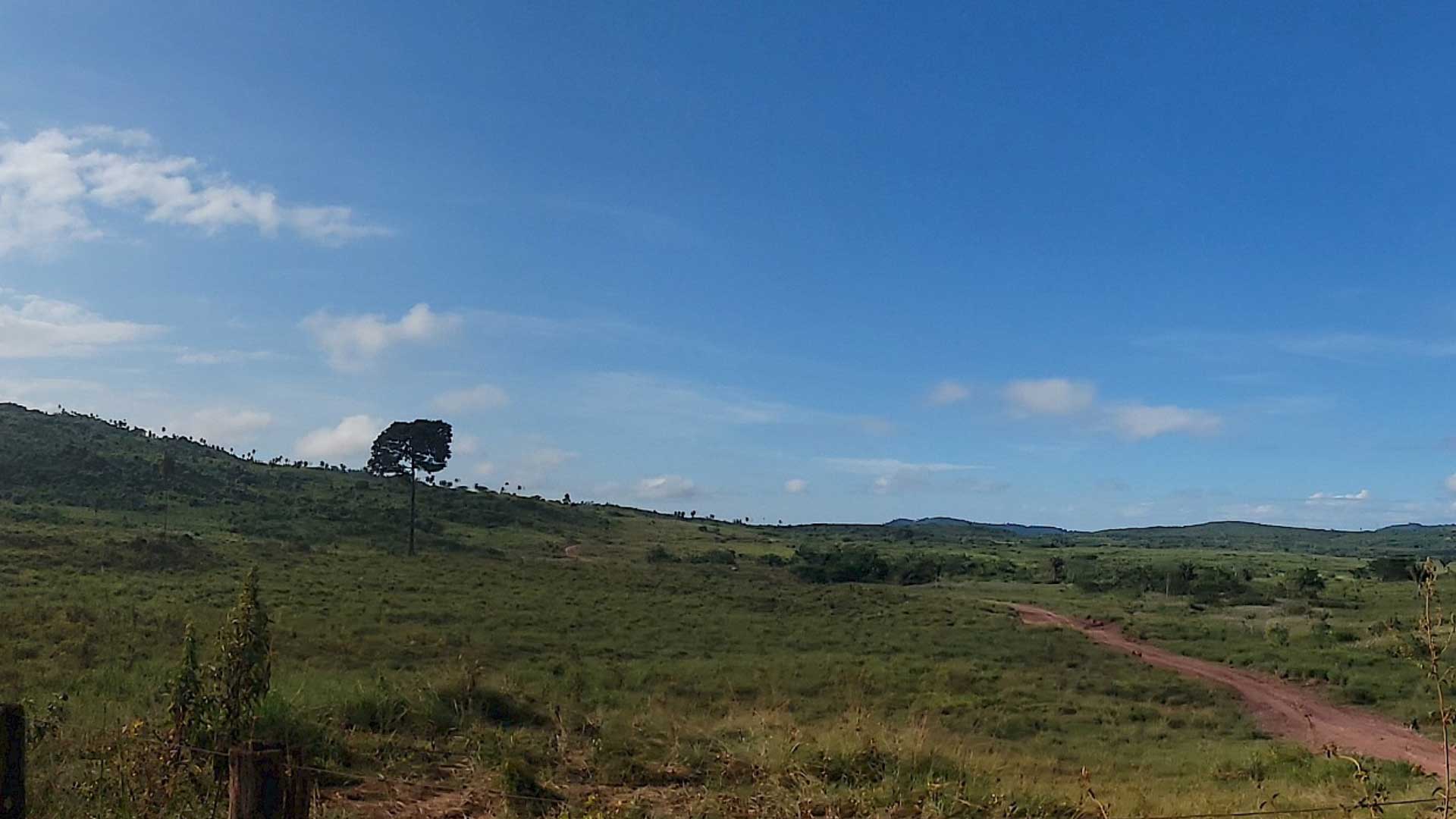
Discovery
Timeframe: Subset of Exploration
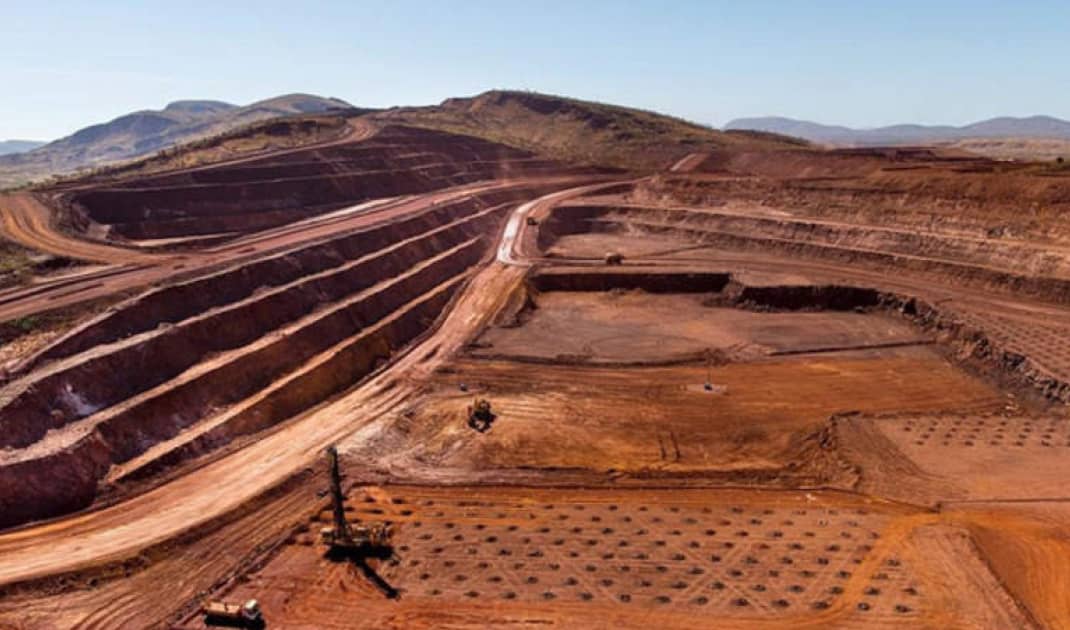
Resource Definition
Timeframe: 1-3 years
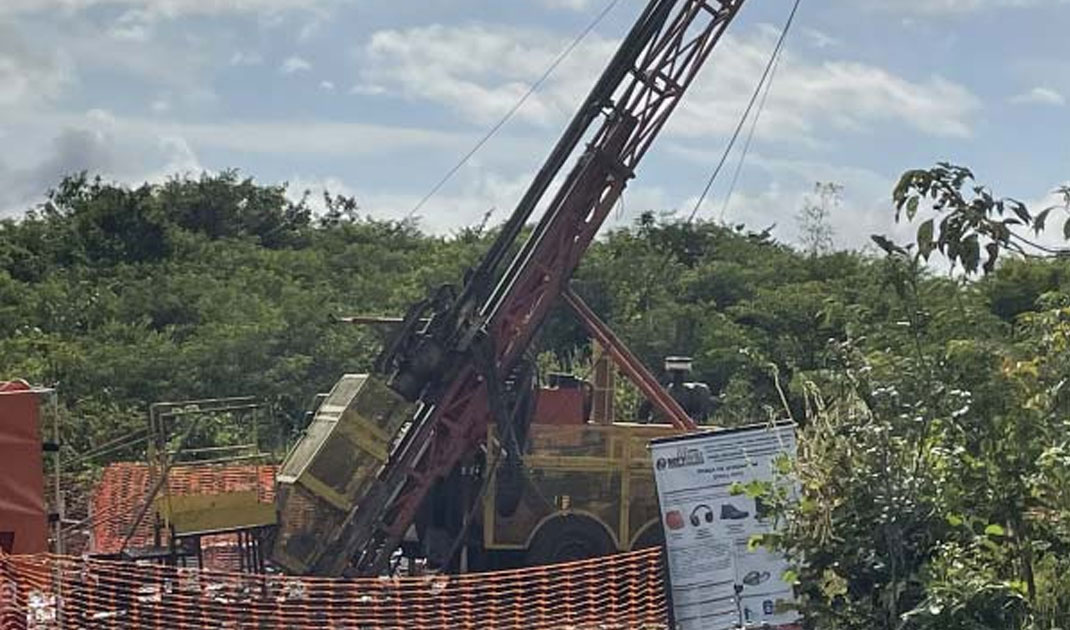
Scoping
Timeframe: 1-2 years

Pre-Feasibility
Timeframe: 1-3 years

Feasibility
Timeframe: 1-3 years
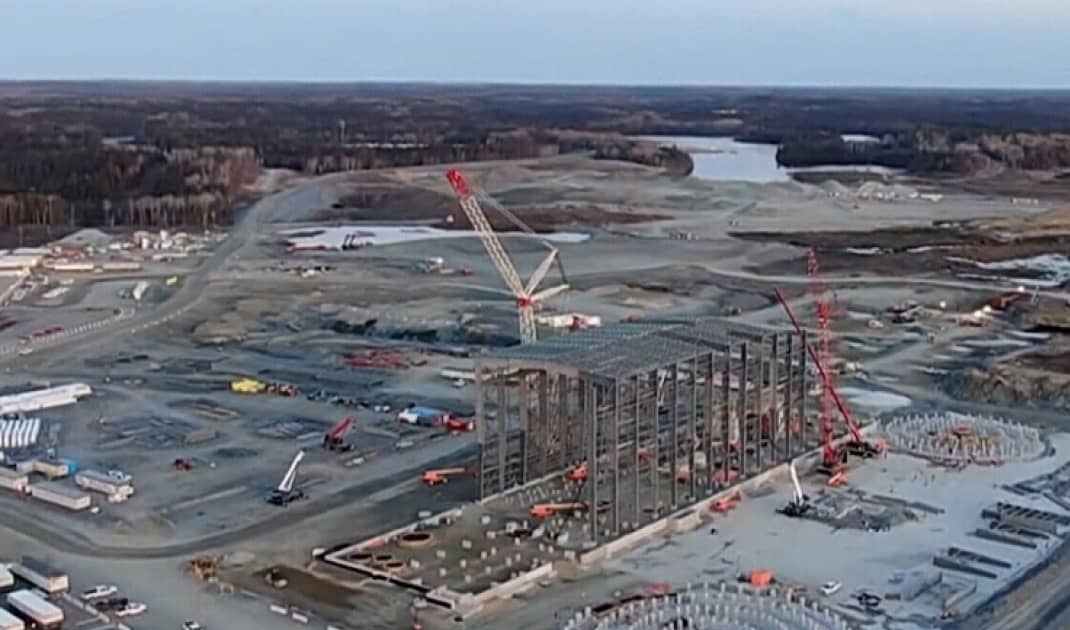
Financing
Timeframe: 3 months - 1 year

Construction
Timeframe: 1-3 years
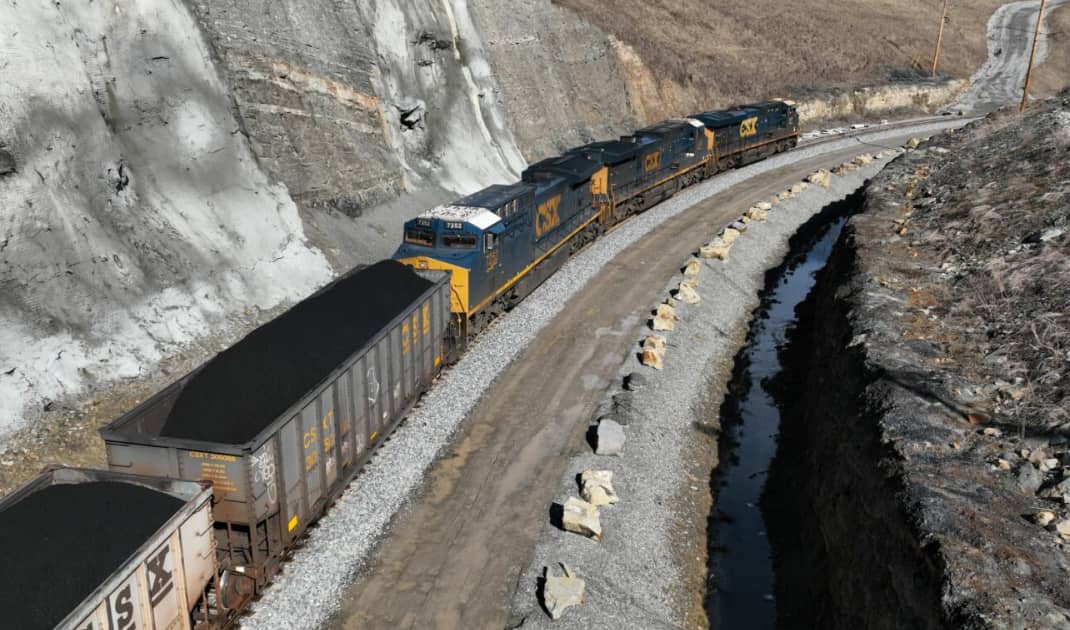
Operating
Timeframe: 10-27 years
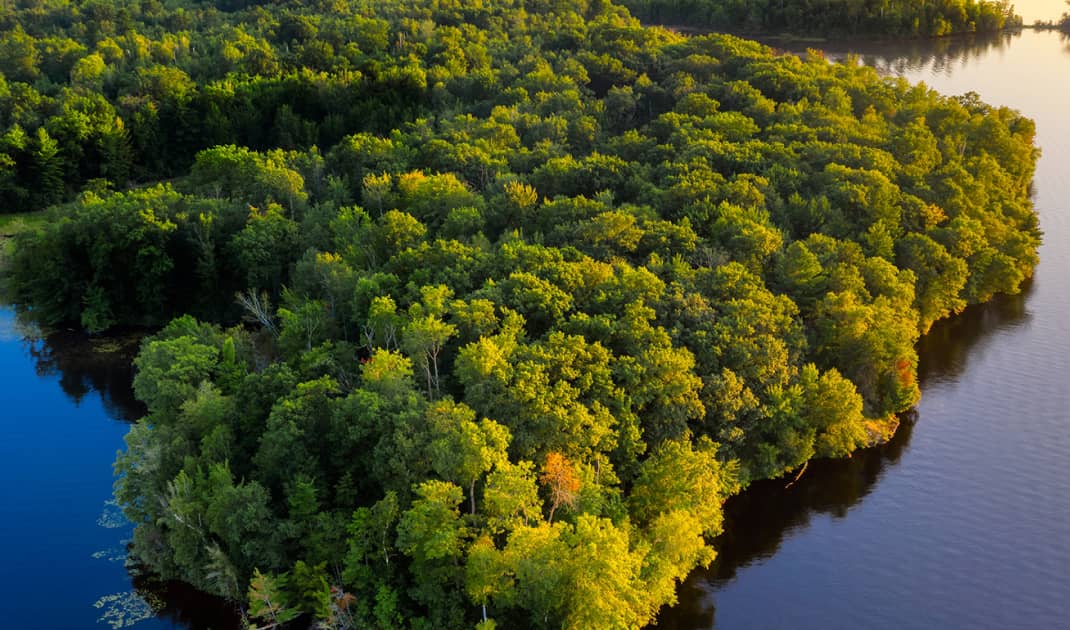
Closure
Timeframe: 1-5 years
The mining process encompasses a series of stages, and each has an impact on – and is impacted by – Resource and Reserve estimates. Potential economic interest is uncovered during exploration and discovery, a one- to three-year phase focused on discovering and validating mineral deposits through geological surveys and drilling, and then a resource definition phase to define the deposit more accurately. This is followed by the scoping phase, lasting about a year, where a preliminary economic assessment is conducted to estimate the mine’s size and operational requirements, and typically, a pre-feasibility phase to further assess the potential viability of the project, and often including a number of development scenarios. Until this point, all mineralization is considered to be a Resource, not a Reserve, so from an investment perspective, projects in these phases have a higher risk/reward profile.
If the previous phases show promise – and at least some of the Resource can be characterized as an economically viable Reserve – the project moves into the feasibility stage, which can take one to three years and involves comprehensive multi-disciplinary studies to evaluate project costs and value. Upon feasibility completion, the permitting and financing phase, which can collectively take two to five years (or more), is initiated. Investments at this and subsequent phases have a more conservative risk/reward profile, which (assuming there is a decision to proceed) leads to the financing phase. It can often take a year or more to secure the larger amounts of funding needed to enable the capital-intensive construction phase, spanning two to four years, during which infrastructure and facilities are built for the extraction, processing, and transportation of minerals.
The operating phase, lasting five to thirty years or more, is when the mine starts extracting and processing minerals, transitioning after a production ramp-up period to focus on efficiency and expansion of the production rate. Finally, the closure phase, which can range from one to fifty years, involves shutting down the mine once deposits are depleted or mining becomes uneconomical, restoring the area for post-mining uses and monitoring of groundwater and other aspects.
Like what you’re reading? Subscribe to our top stories.
Source of Data
1 Ore Reserves is a synonymous term for Mineral Reserves used in Australasia. The Australasian Code for Reporting of Exploration Results, Mineral Resources, and Ore Reserves (the JORC Code) contains additional information and details about terminology used outside of North America that may differ with some of the terminology used in this article which predominately references terminology in North America. Visit: https://jorc.org/ for more information.
2 Canadian Institute of Mining, Metallurgy and Petroleum, CIM Definition Standards for Mineral Resources & Mineral Reserves. https://mrmr.cim.org/media/1128/cim-definition-standards_2014.pdf
Important Information
This material is provided for educational purposes only and should not be construed as research.
The opinions expressed may change as subsequent conditions vary. The information and opinions contained in this material are derived from proprietary and non-proprietary sources deemed by Resource Capital Funds and/or its affiliates (together, “RCF”) to be reliable. No representation is made that this information is accurate or complete. There is no guarantee that any forecasts made will come to pass. Reliance upon information in this material is at the sole discretion of the reader.
None of the information constitutes a recommendation by RCF, or an offer to sell, or a solicitation of any offer to buy or sell any securities, product or service. The information is not intended to provide investment advice. RCF does not guarantee the suitability or potential value of any particular investment. The information contained herein may not be relied upon by you in evaluating the merits of any investment.
Investments can be subject to market risk, the value of which may be volatile and fluctuate in response to the activities and performance of individual companies or because of investment sentiment, political environment, general market and economic conditions, regional and global instability and changes in currency exchange rates and interest rates.
Investing involves risk, including possible loss of principal.



